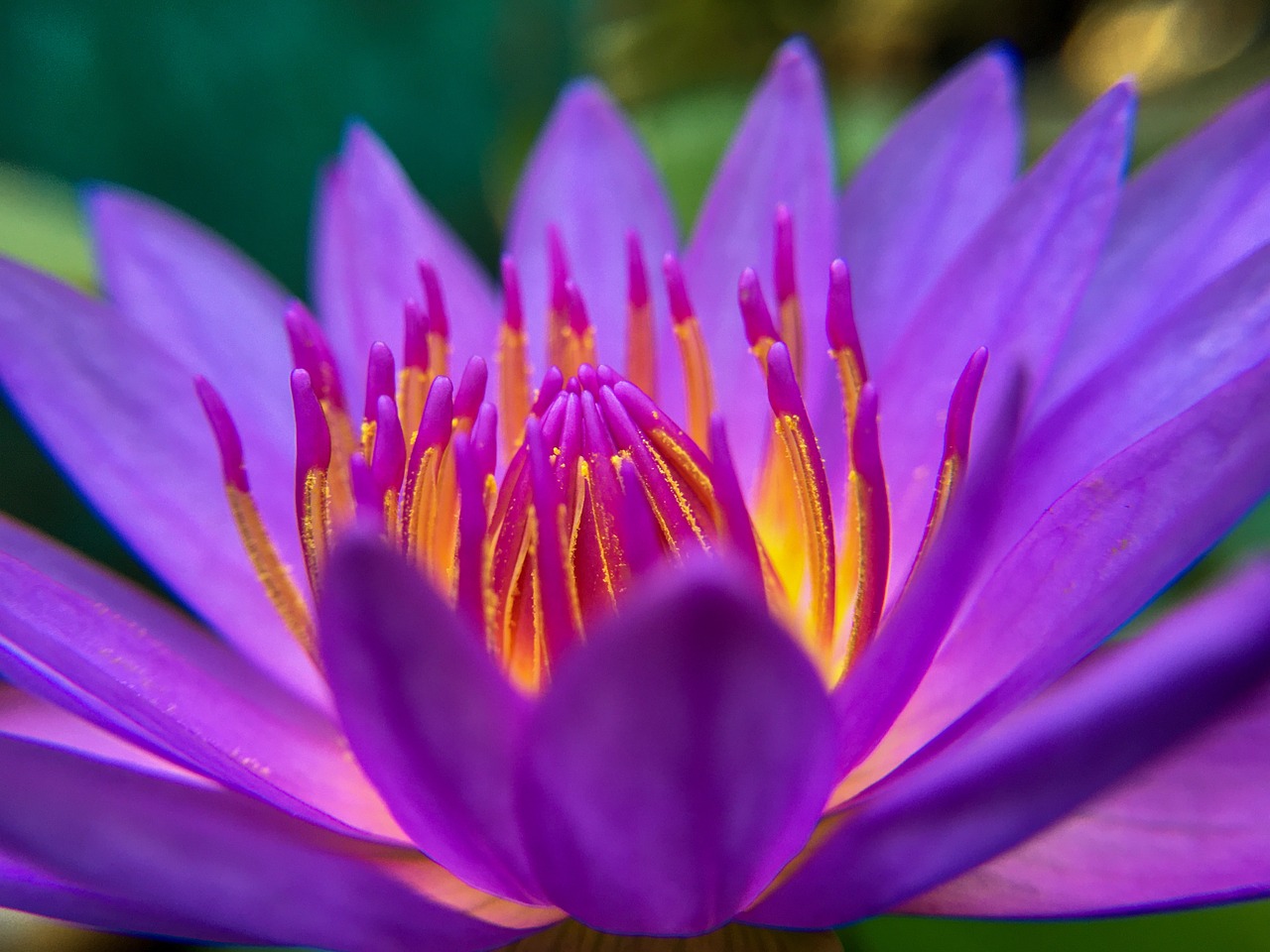Meretseger: The Egyptian Goddess of Tomb Workers
Meretseger stands out as a significant figure in ancient Egyptian mythology, revered as the goddess of tomb workers. This deity is deeply connected to the myths and legends of ancient Egypt, particularly as the protector of the necropolis located in the Valley of the Kings. Known for her dual nature, Meretseger was perceived as both a punisher for those who disturbed the sacred grounds and a merciful protector to those who honored her.
Meretseger held the title of “Lover of Silence,” embodying the tranquility of the tombs she safeguarded. Her ire could manifest in the form of blindness or venomous bites to those who failed to respect her domain, yet she also possessed the ability to heal. As a cobra goddess, she was often depicted with a human body and the head of a cobra, symbolizing her fierce yet nurturing presence.
Overview of Meretseger
- Egyptian Name: Meretseger
- Alternate Names: Mertseger, Merseger, Mereseger
- Role & Function: Guardian of royal tombs, protector of tomb workers
- Status: Worshipped primarily as a local deity
- Symbols: The cobra
- Central Worship Site: Thebes, especially among the tomb builders in the Valley of the Kings
- Titles: “Lover of Silence”; referred to as “The Lady of the Peak” by the tomb workers in Deir el-Medina.
As described in Egyptian mythology, Meretseger was vigilant in her duties. She was reputed to unleash her poison upon individuals who attempted to rob or vandalize royal burials. Some depictions of her lack eyes in art, a metaphorical representation alluding to her power to blind those who dared cross her.
Meretseger’s Role in the Valley of the Kings
The Valley of the Kings served as the final resting place for many of Ancient Egypt’s pharaohs, including the renowned tomb of Tutankhamun, uncovered by Howard Carter. For nearly five centuries, this site was the epicenter of royal burials during the New Kingdom. Meretseger’s role as the guardian of this necropolis was critical as she protected the tombs from theft and desecration.
Patronage of Deir el-Medina
Among the workers in Deir el-Medina, the construction hub for royal tombs, Meretseger was viewed as the principal deity. The laborers honored her as “The Lady of the Peak,” a nod to her supposed dwelling atop Mount Meretseger, which provided a vantage view over the Valley of the Kings. This reverence stemmed from their awareness of the dangers posed by cobras, which were common in the region. To mitigate the threat of snake bites, the tomb workers offered prayers and lotus flowers, seeking the goddess’s favor and protection.
While Meretseger did not have a dedicated temple, various shrines were established within the workers’ settlement, serving as focal points for their worship and devotion.
In conclusion, Meretseger embodies the complexities of ancient Egyptian beliefs regarding protection, punishment, and reverence for the dead. Her legacy continues to intrigue those who study the rich tapestry of Egyptian mythology and the significant roles its deities played in society.



